Hey there, fellow adventurers!
Are you curious about the 4th largest US state’s captivating population dynamics?
In this article, you’ll learn all about Montana’s population, from its ethnic diversity to its growth trends and everything in between.
But this isn’t your run-of-the-mill statistical breakdown—we’re here to make it engaging and relatable, so you won’t even notice we’re deep-diving into the world of demographics!
- Related article: Experience Montana Living
Whether you’re curious at heart or hungry for knowledge, this exploration of Montana’s population will satisfy your craving for intriguing insights.
Are you ready to set off? Let’s dive in!
Montana Demographics
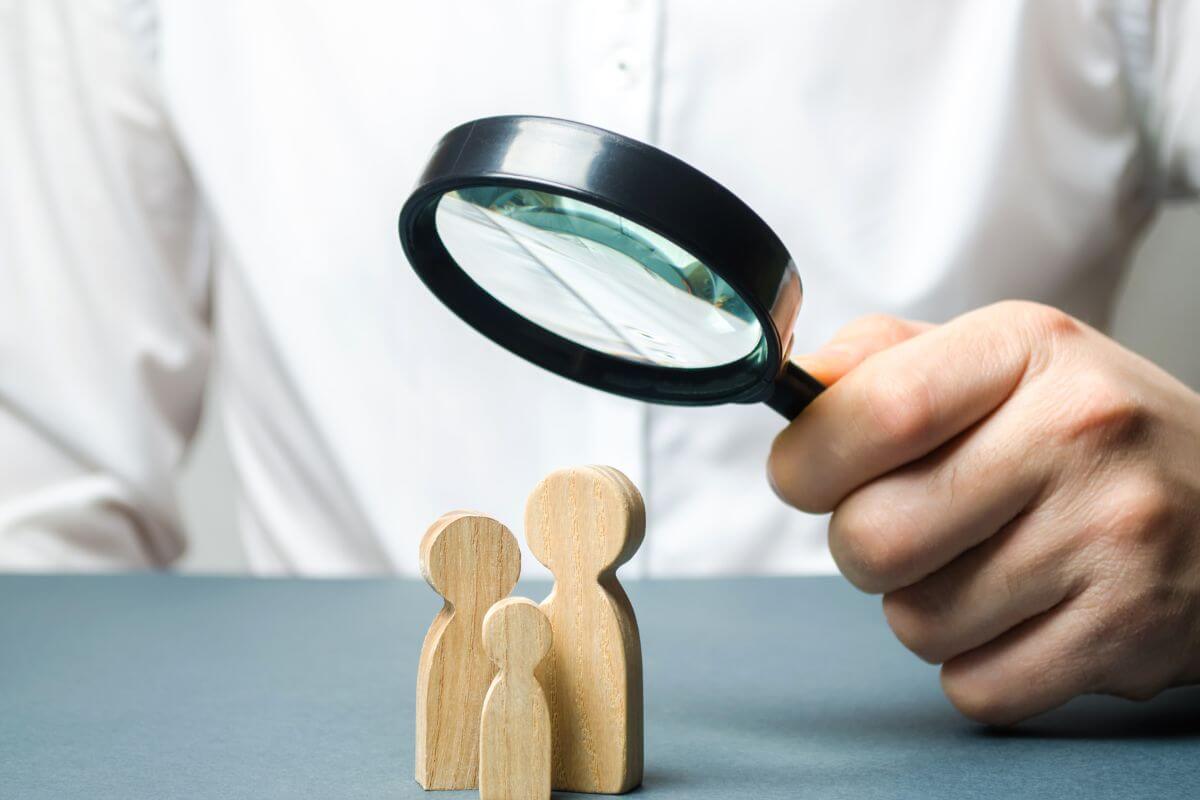
Montana is a fascinating place that weaves together a myriad of unique and captivating elements to create a fascinating portrait of its population.
From its captivating blend of races and ethnicities to the income and poverty variations experienced by its inhabitants, these demographic figures provide deeper insight into the state’s identity.
Montana Total Population and Density
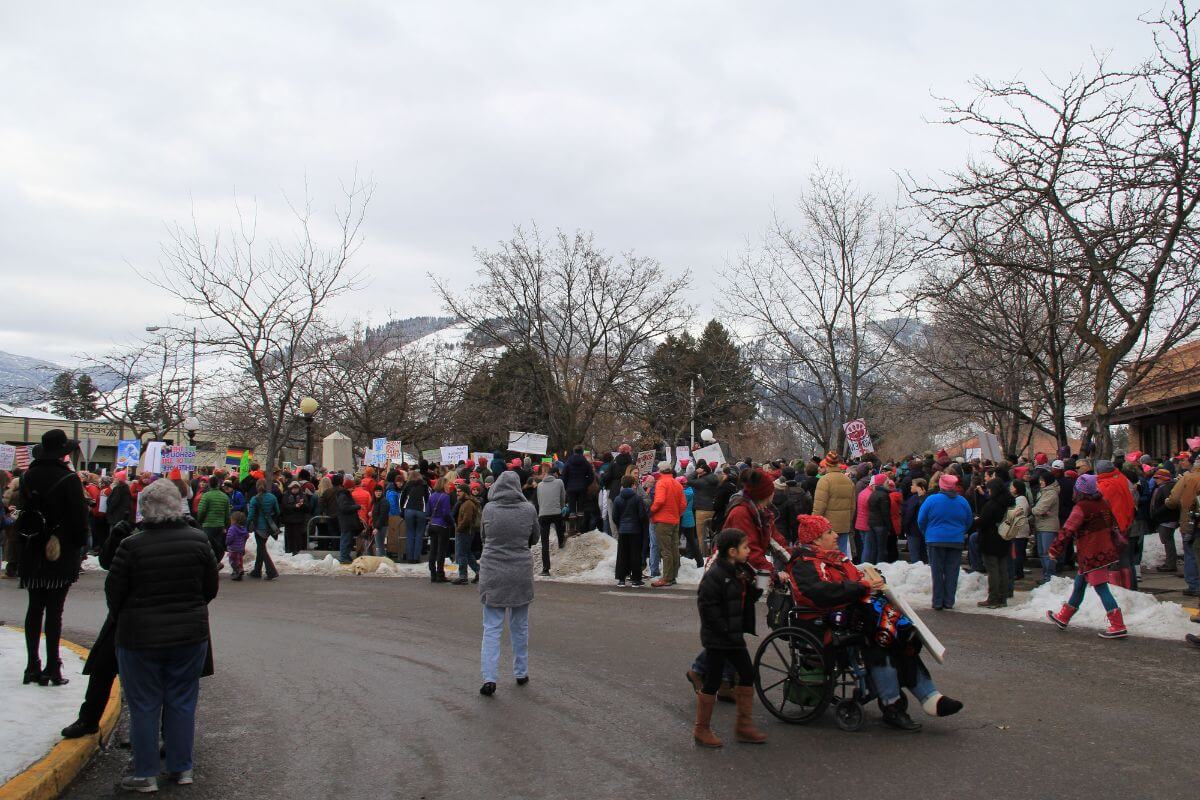
Montana is among the least populous states in the US, with an estimated total population of 1,122,867 as of the latest census coverage.
Despite its vast size and reputation for open spaces, it still attracts people who seek refuge in its unspoiled landscapes.
Montana takes the idea of “breathing room” to a whole new level with its low population density. It has only 6.86 people per square mile, making it the 3rd least densely populated state in the country.
Several factors contribute to this unique population distribution.
- Read more about Montana’s Population Ranking
While urban areas in other states attract people with their busy lifestyles, Montana has experienced a rural-urban shift, resulting in lower population density across the state.
Moreover, an increasing number of retirees are drawn to the state’s tranquility and natural beauty.
Migration patterns also play a role in Montana’s demographic distribution, with individuals from other states seeking the peace and serenity of the region’s unspoiled landscapes.
Despite a steady increase in population over time, the state remains one of the least populated US states.
This is a testament to its commitment to preserving its natural beauty and embracing its spacious allure.
Montana Ethnicity and Race

According to the latest US Census data, white individuals make up the majority of Montana’s population at 88.7%.
Descended from European settlers who arrived in the 1800s, the white population has deeply influenced the state’s traditions and heritage.
Montana’s racial composition also includes various other fascinating ethnic groups.
The American Indian community makes up 6.5% of the population, maintaining a significant presence in the state. Native Americans hold deep roots in this storied land, with a history that predates the arrival of European settlers.
The Asian population contributes to the state’s tapestry as well, comprising 1.1% of its overall population.
Known for their strong sense of family and country, they bring unique traditions and perspectives to the region.
The same can be said of the Hispanic population, which accounts for 4.5% of the state’s resident population and is known for its tight-knit communities and close family ties.
Montana’s black population, although smaller at 0.6%, has made substantial contributions to the state’s history, among the most notable being its first colored newspaper “The Colored Citizen”.
Rounding out this diverse bunch is the Native Hawaiian and Other Pacific Islander community which account for 0.1% of the region’s inhabitants.
These applicable race categories represent the diversity the state embraces. By recognizing and celebrating this diversity, Montana thrives as a vibrant and inclusive state.
Montana Age Distribution
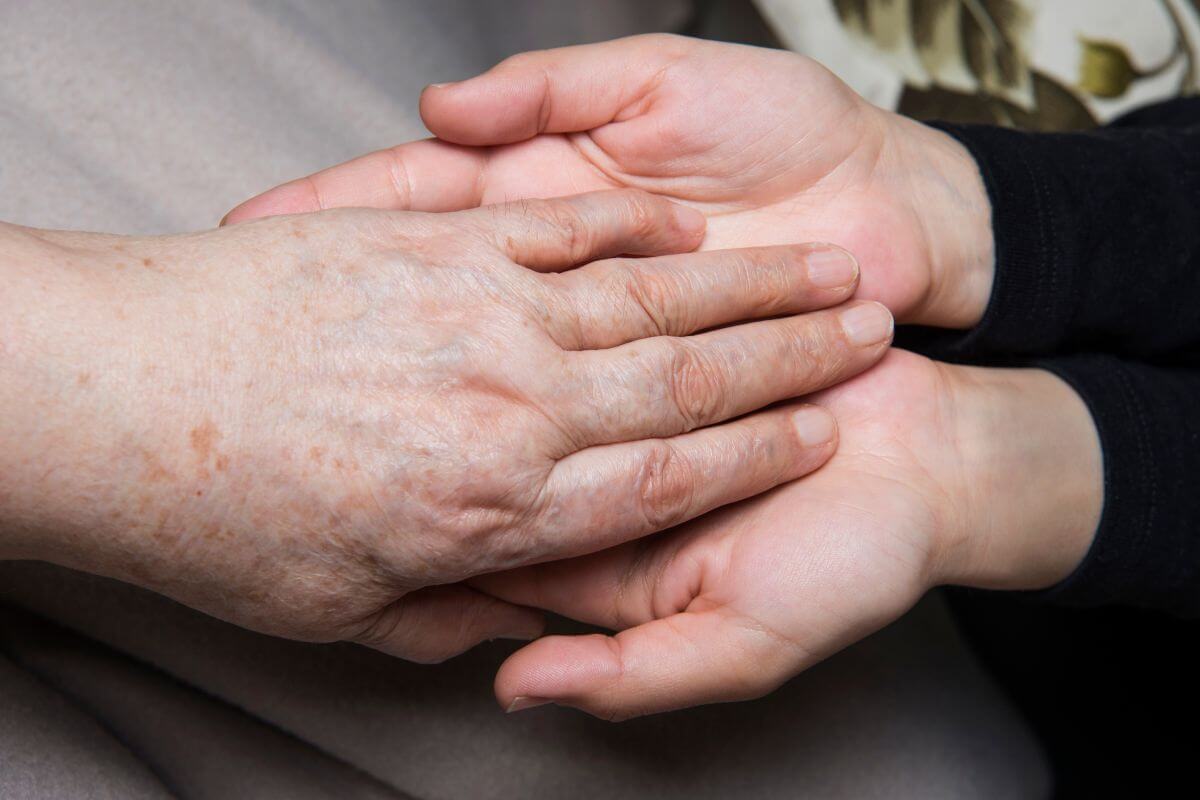
Analyzing Montana’s population by age reveals significant insights from the US Census data.
Based on the latest data, 5.1% of individuals in Montana are under the age of 5, while 20.8% are below the age of 18. On the other end, a notable 20% of the population is aged 65 and over.
Over time, the state’s age distribution has undergone a substantial shift, characterized by a consistent decline in the younger population and a simultaneous increase in the older population.
Several factors contribute to this trend.
Firstly, lower birth rates have led to a reduction in the number of young individuals in the state.
This can be attributed to factors such as evolving societal values, improved access to contraception, and a growing emphasis on career development.
Montana’s population pyramid now features a narrower base of young individuals and a larger majority at older ages.
Moreover, the outmigration of young adults seeking educational or employment opportunities beyond the state has also impacted the age distribution.
Many ambitious individuals leave Montana in pursuit of new experiences and better economic prospects elsewhere.
This gradual outflux of young adults has contributed to the decrease in the state’s younger population.
The changing age distribution of Montana’s population presents a clear image of evolving demographics.
Montana Gender Distribution
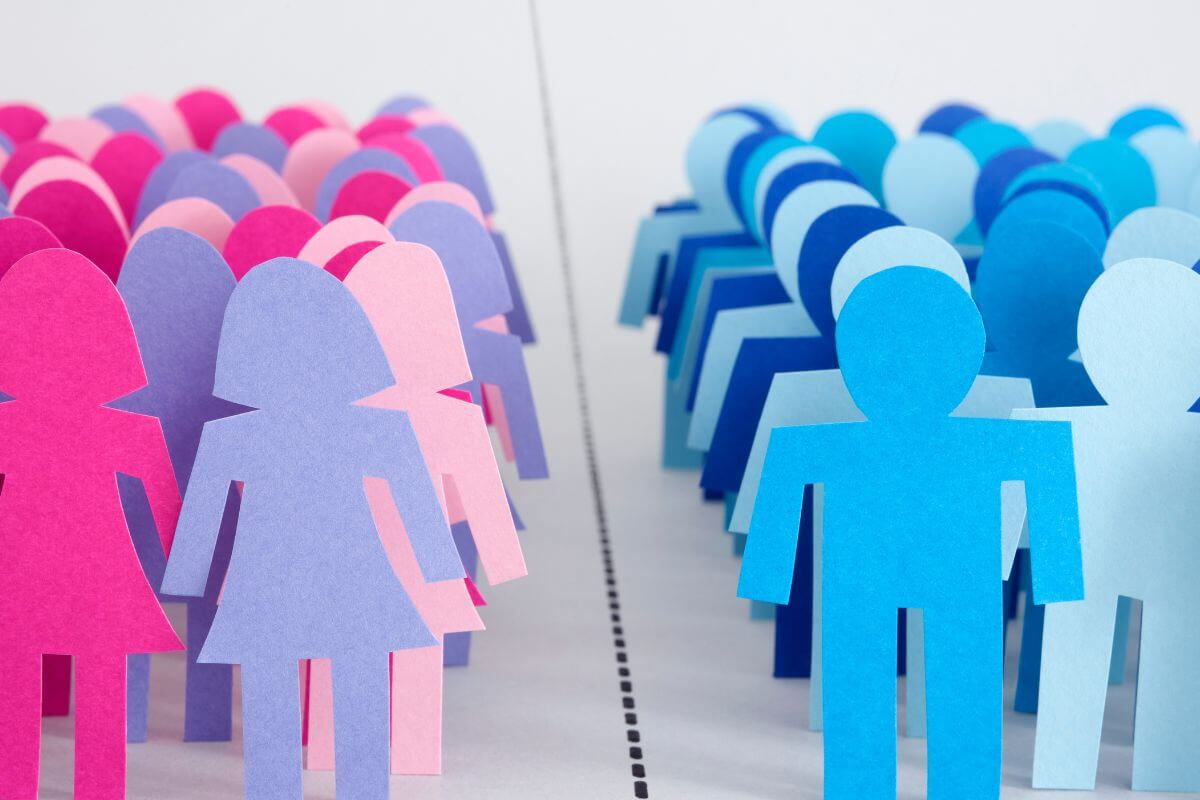
When it comes to gender distribution, Montana boasts a near-balanced ratio, with approximately 49.3% females to 50.7% males.
This balance also extends to the state’s workforce, where there is a relatively equitable representation of both genders across various industries.
However, it is important to note that certain occupations may still exhibit a gender disparity, with under-represented populations in some fields.
Recognizing the significance of gender equality, Montana’s organizations are actively involved in promoting inclusive opportunities for all.
Efforts are underway to bridge the gap and ensure that both males and females have access to equal economic and professional prospects.
Through initiatives and policies that foster diversity and inclusion, Montana is making strides toward creating an environment where every individual has an equal chance to thrive.
By addressing any under-representation in specific occupational sectors and promoting inclusive opportunities, the state is shaping a future where gender plays no role in hindering success and fulfillment.
Montana Educational Levels
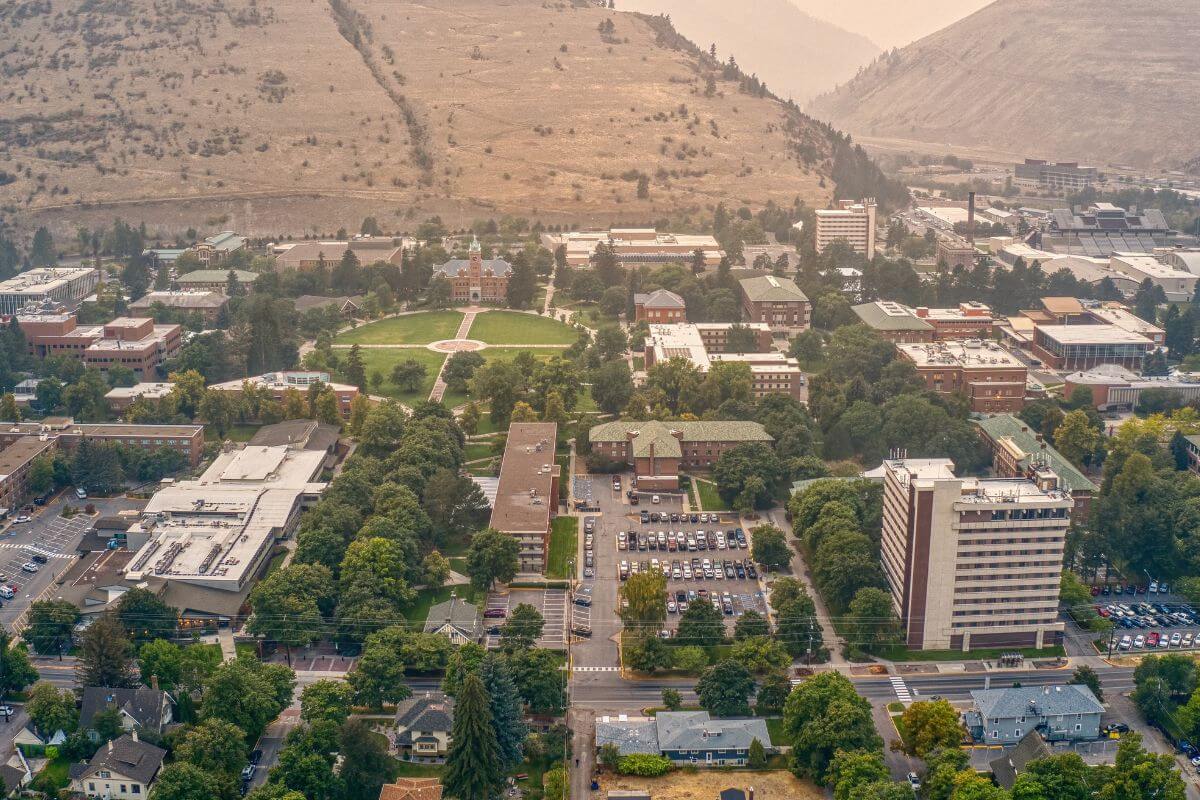
Montana boasts a diverse educational landscape that offers a wide range of opportunities for its residents.
With institutions like Montana State University, The University of Montana, and Montana State University Billings leading the way, the state provides access to quality higher education.
Additionally, its commitment to education is evident in its impressive statistics.
A staggering 94.4% of Montana’s population aged 25 and over are high school graduates or hold higher degrees, while 33.7% have attained bachelor’s degrees or beyond.
It’s also important to highlight the efforts being made to ensure educational opportunities for Native American students.
Montana recognizes the significance of providing equal access to education for all its residents, regardless of background.
Native American students account for approximately 10% of the state’s K-12 public school enrollment, according to the Montana Office of Public Instruction.
This emphasis on inclusivity and diversity is a testament to the state’s commitment to educational equity.
Montana’s educational priorities focus on improving outcomes for all students and promoting equal opportunities throughout the state, irrespective of location or socioeconomic status.
From the Montana University System to tribal colleges and private institutions, the state offers a variety of options to cater to different academic levels and aspirations.
By prioritizing education, Montana is building a future where every individual has the chance to reach their full potential.
Montana Income and Poverty

The state’s income and poverty landscape presents a unique set of challenges and opportunities.
Based on the latest data from the economic census, Montana’s median household income stood at $60,560, with a per capita income of $34,423.
Some of its top-contributing counties were Jefferson County, Gallatin County, and Fallon County.
However, it is important to note that approximately 11.9% of the state’s population is living in poverty, signaling income inequality and the need for targeted interventions.
In recent years, Montana has witnessed several trends and changes in its income and poverty dynamics.
Factors such as the lack of economic opportunities outside of urban areas, sparse population, and limited access to quality education significantly contribute to the persistence of poverty and income inequality.
Efforts such as Illuminate Poverty, Youth Count!, Homeless Play, and Faith Engagement aim to address these challenges, fostering economic empowerment and social inclusion.
The American Community Survey’s 5-year data profile of Montana from 2014 to 2019 shows that males out earn females in terms of average income.
This highlights gender-based income disparities.
Earnings remain the primary source of household income, followed closely by social security.
It is also worth noting that the majority of individuals living in poverty are under 18 years old, highlighting the importance of targeted initiatives addressing child poverty.
Montana’s income and poverty landscape speaks to the complexities of rural communities, where concerted efforts are necessary to bridge the gap of income inequality and uplift families with lower incomes.
By addressing these challenges and promoting economic opportunities, the state can work toward a future where poverty levels decrease and income disparities diminish.
Montana Migration Patterns
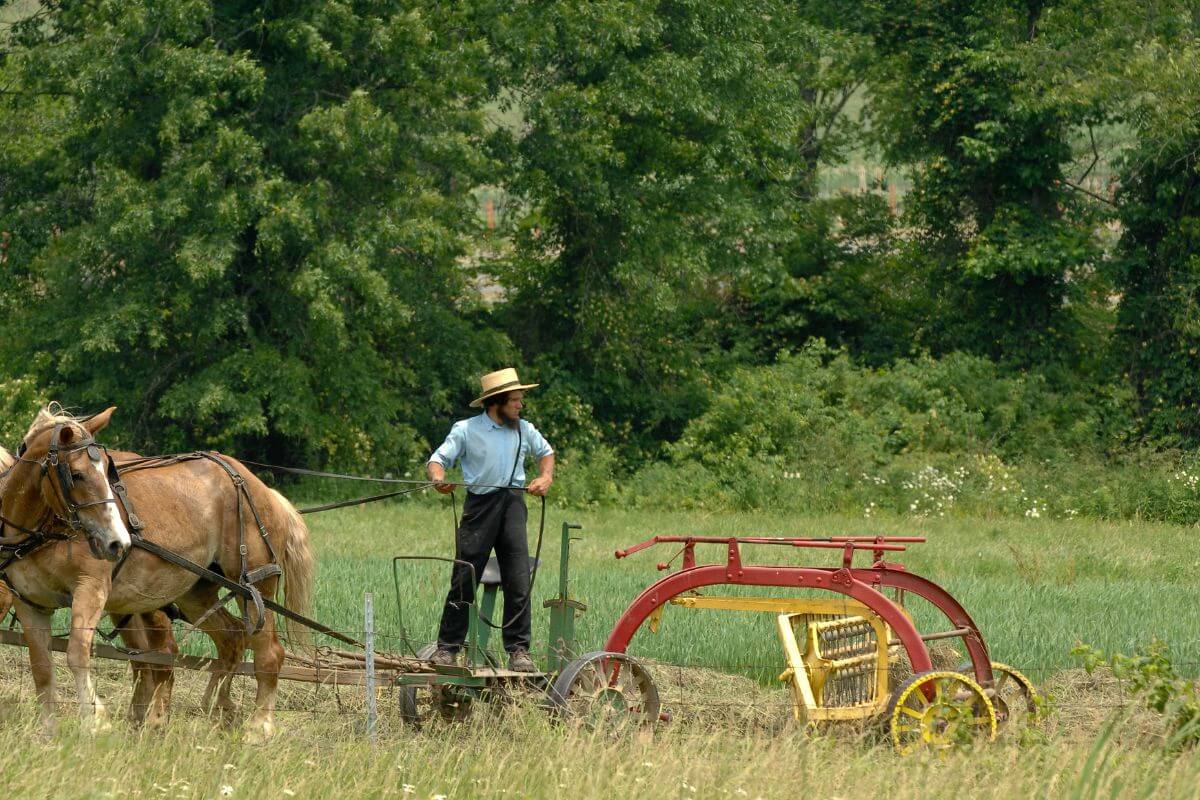
The state’s migration patterns have played a significant role in shaping its identity and population.
In 2017, migration to Montana reached 35,456 individuals, while migration from Montana accounted for 28,012 people, resulting in a net migration of 7,444.
The state’s allure attracts both newcomers and those leaving, contributing to its dynamic nature.
Montana’s population has been influenced by indigenous and non-indigenous settlements, with Native American heritage still vibrant in cities like Missoula, Billings, Great Falls, and Butte.
European American ethnicities, particularly Scandinavian and mining-related immigrant communities, have also left a lasting impact on the state’s cultural fabric, shaping its traditions and values.
Montana hosts two distinct religious communities – the Hutterite and Amish – contributing their unique customs and ways of life to the state’s diverse tapestry.
Overall, the state remains a captivating place where people come and go, leaving their imprint on the land and its people.
Whether drawn to its Native American heritage, urban pulse, mining communities, or the influence of religious communities, Montana offers a special and diverse experience for those who explore and immerse themselves in its remarkable cultures.
Montana Population Dynamics Over the Years
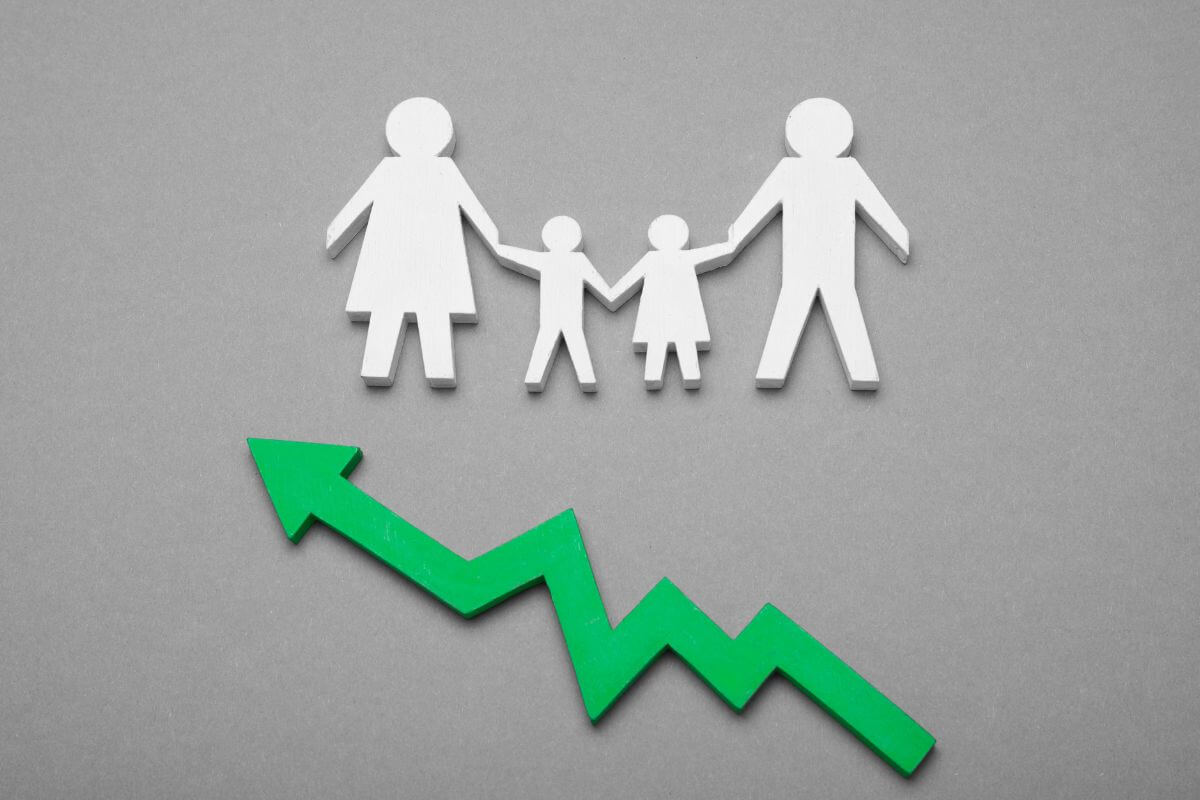
Over the years, the state’s population dynamics have undergone significant changes, reflecting the state’s steady growth and evolving demographics.
| Year | Population | Population Growth (%) |
| 2000 | 902,195 | – |
| 2022 | 1,122,867 | 19.65% |
From approximately 902,195 residents in 2000 to an estimated 1,122,867 in 2022, Montana’s population has experienced an impressive increase of about 19.65% over a little more than two decades.
Notably, much of this growth has occurred in the Western Mountain region, where the breathtaking landscapes and vast public lands have become a magnet for migrants and visitors alike.
As a result, small cities have emerged as centers of commerce, attracting individuals seeking both opportunity and a charming way of life.
This population trend has also led to a distribution of establishments across the state, contributing to its economic development.
As Montana’s population continues to expand, its wage distribution shows promising signs for job growth, providing opportunities for a diverse range of careers and industries.
The state’s population dynamics not only highlight the state’s annual population increase but also underscore growth in cities and the changing landscape of opportunities and commerce.
As more people discover the allure of present-day Montana, the state’s population growth is poised to continue, charting an exciting course for the future.
- Learn more about the Rise of Urban Montana
Montana Population Final Thoughts
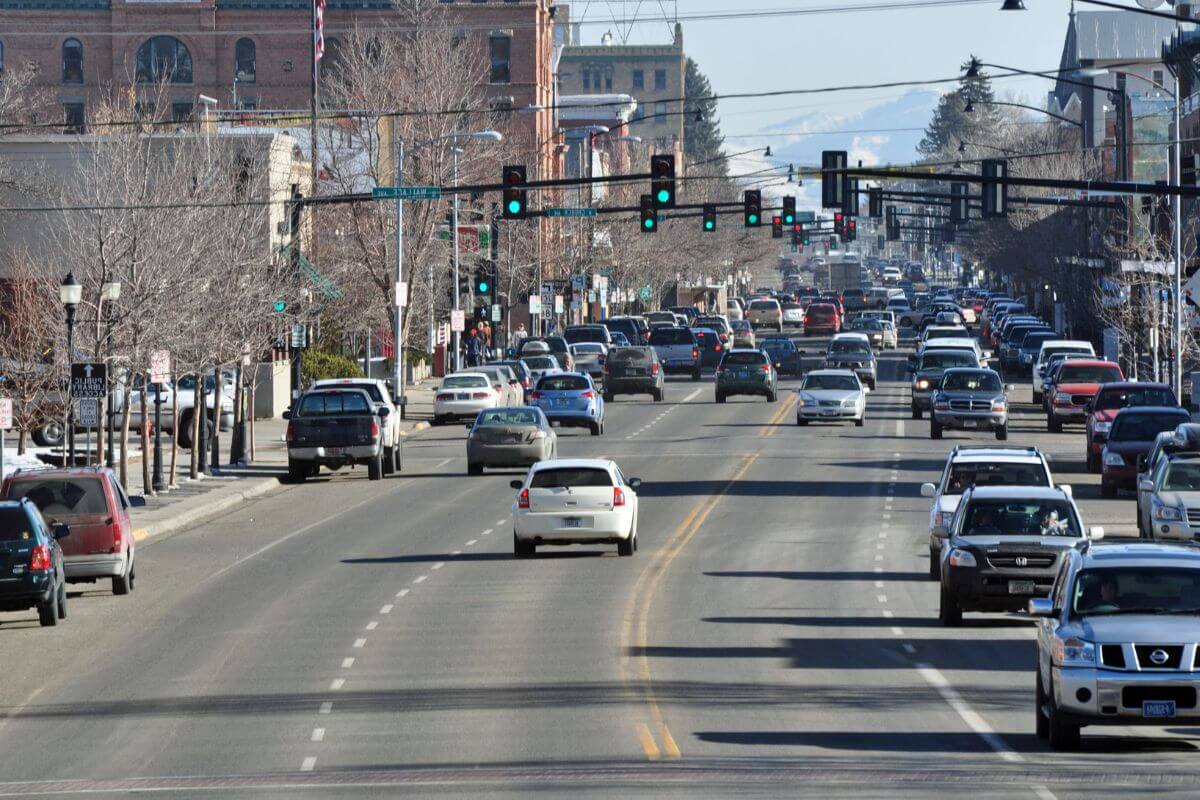
Montana’s population trends reveal significant demographic shifts in this beautifully diverse state.
The captivating western region has seen a notable increase in population, with its mesmerizing natural beauty attracting individuals seeking tranquility and untamed wilderness.
The emergence of urban centers in rural areas has fueled migration to Montana, offering ample opportunities for economic growth and a charming way of life.
Despite steady population growth, the state’s vast expanse remains sparsely populated, preserving the essence of rural living.
As we delve into decades of population data and project future growth, it’s evident that Montana continues to evolve while embracing its untamed character.
This state, with its largest counties and rich tapestry of age groups, represents a unique and breathtaking experience, epitomizing life amidst the splendor of the American West.
Montana Population FAQs
1. What Is the Highest Populated City in Montana?
Billings takes the crown as the highest populated city in Montana, standing tall with a population of 119,960 as of July 2022, according to Census estimates.
This vibrant city, nestled in the heart of Big Sky Country, beckons with its bustling urban energy and a myriad of cultural offerings.
2. What Is the Racial Makeup of Montana?
According to the latest US economic census data, Montana’s racial makeup is broken down into:
- White – 88.7%
- Black or African American – 0.6%
- American Indian & Alaska Native – 6.5%
- Asian – 1.1%
- Native Hawaiian and Other Pacific Islander – 0.1%
- Hispanic or Latino – 4.5%
- Two or More Races – 3.0%
3. Where Do Most People Live in Montana?
When it comes to resident population in Montana, the top 3 cities based on the latest US census coverage are as follows:
- Billings – 119,960
- Missoula – 76,955
- Great Falls – 60,382
4. What Percentage of Montana Is White?
According to US economic census data as of 2022, the most common race in Montana was white, comprising 88.7% of its overall population.
Montana’s white communities began to make their mark during the European settlement in the 1800s. These communities have since played a significant role in shaping the state’s culture and history.
5. What Is the Population Trend in Montana?
In 2020, the population was recorded at 1,087,075, representing a 1.58% increase from the previous year. The trend continued in 2021, with a population of 1,106,227, showing a 1.76% increase from the previous year.
Looking ahead to 2022, the population is projected to reach 1,122,867, indicating a 1.5% increase from 2021.
If you yearn to discover more of Montana’s wonders, these captivating articles are the perfect gateway to an unforgettable journey:
- https://opi.mt.gov/
- https://mtcf.org/womens-foundation/
- https://www.census.gov/quickfacts/fact/table/MT/PST045222
- https://dphhs.mt.gov/sltc/aging
- https://commerce.mt.gov/Research-Publications
- https://www.umt.edu/this-is-montana/columns/stories/montana_regions_2of3.php
- https://www.acf.hhs.gov/ana/fact-sheet/american-indians-and-alaska-natives-numbers
- https://www.cdc.gov/nchs/pressroom/states/montana/mt.htm
- https://mt.gov/discover/brief_history.aspx
- https://mhs.mt.gov/education/IEFA/1stPeoples.pdf
- https://leg.mt.gov/content/Publications/fiscal/2021-Interim/Jan-2020/Demographic-Report-FINAL.pdf
- https://commons.wikimedia.org/wiki/File:2018_Women%27s_March_in_Missoula,_Montana_14.jpg
- https://commons.wikimedia.org/wiki/File:AmishRakingHay.jpg
- https://commons.wikimedia.org/wiki/File:BozemanMainStreetEast2011.jpg

